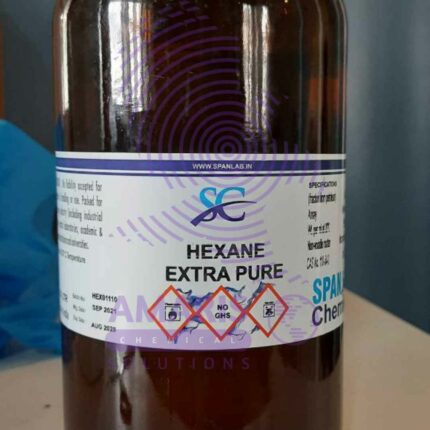
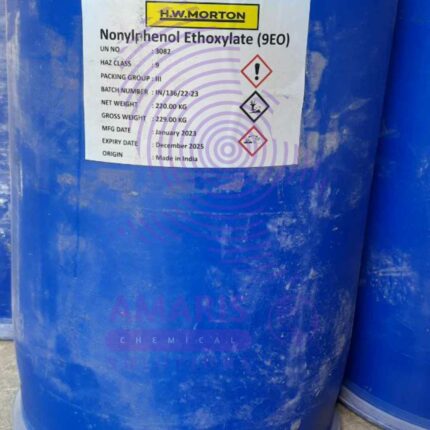
Magadi Soda-Soda ASh
$5,800.00 Original price was: $5,800.00.$5,600.00Current price is: $5,600.00.
Magadi Soda (Soda ASh)
Magadi Soda-Soda ASh, also known as sodium carbonate (Na2CO3), is a white, crystalline powder or solid substance that is widely used in various industrial and domestic applications. It is an essential compound in the chemical industry and has numerous uses in manufacturing, water treatment, glass production, detergents, and several other processes.
Soda ash is primarily composed of sodium ions (Na+) and carbonate ions (CO3^2-). It can be derived from natural sources, such as trona ore or sodium carbonate-rich brines, or produced synthetically through the Solvay process.
The chemical formula for soda ash, sodium carbonate, represents its composition: two sodium atoms (Na) bonded to a carbonate group (CO3). This compound has alkaline properties and is soluble in water, forming an alkaline solution. Its ability to act as a pH regulator and its alkalinity make soda ash a valuable ingredient in many industrial applications.
Magadi Soda- Soda Ash Uses
Primary Uses of Magadi Soda
-
Glass Manufacturing
-
Lowers the melting point of silica, making it essential for container glass, flat glass (windows), and fiberglass.
-
-
Detergents & Soaps
-
Acts as a pH regulator, water softener, and grease remover in laundry and dishwashing detergents.
-
-
Chemical Production
-
Key raw material for:
-
Sodium bicarbonate (baking soda)
-
Sodium silicate (used in adhesives & cement)
-
Caustic soda (NaOH) production
-
-
-
Water Treatment
-
Adjusts pH levels in municipal water supplies and swimming pools.
-
Removes heavy metals (e.g., lead, copper) via precipitation.
-
-
Metallurgy
-
Used in aluminum, lithium, and zinc refining to extract metals from ores.
-
Secondary Uses of Magadi Soda
-
Food Industry (Food-Grade Soda Ash)
-
Regulated as a pH adjuster (E500) in:
-
Pretzels & ramen noodles (gives distinctive texture)
-
Cocoa processing (alkalization for Dutch chocolate)
-
-
-
Textile Industry
-
Fixes dyes in fabric printing and denim processing.
-
-
Pulp & Paper Manufacturing
-
Helps in kraft pulping (wood digestion) for paper production.
-
-
Flue Gas Desulfurization (FGD)
-
Reduces sulfur dioxide (SO₂) emissions from coal power plants.
-
-
Oil & Gas Drilling
-
Controls mud alkalinity in oil well drilling fluids.
-
-
Battery Recycling
-
Neutralizes acid in lead-acid battery recovery processes.
-
-
Leather Tanning
-
Removes hair and fats from hides in leather processing.
-
| APPEARANCE |
Powdery – Fine, dry particles e.g., baking soda |
|---|---|
| AVAILABLE PACK SIZE |
50kg( Metal or Plastic Jerrycan/ Bucket, Bag, Box, Polythene bag, Carton bag) |
8 reviews for Magadi Soda-Soda ASh
1. Basic Identification Attributes
- Chemical Name:
- IUPAC: Sodium carbonate
- Common/Trade Names: Soda ash, washing soda, soda crystals
- CAS Number: 497-19-8 (anhydrous), 5968-11-6 (monohydrate), 6132-02-1 (decahydrate)
- HS Code: 2836.20.00 (Sodium carbonate)
- Molecular Formula: Na₂CO₃
- Synonyms:
- Disodium carbonate
- Calcined soda
- Natron (historically)
2. Physical & Chemical Properties
- Physical State: White crystalline solid (powder or granules)
- Color & Odor: White, odorless
- Boiling Point: Decomposes before boiling (~1,600°C)
- Melting Point: 851°C (anhydrous)
- Density/Specific Gravity:
- 54 g/cm³ (anhydrous)
- 92 g/cm³ (monohydrate)
- 46 g/cm³ (decahydrate)
- Solubility:
- Highly soluble in water (~22 g/100 mL at 20°C)
- Insoluble in organic solvents (ethanol, acetone)
- pH Level: Strongly alkaline (~11–12 in 1% solution)
- Vapor Pressure: Negligible
- Flash Point: Non-flammable
- Autoignition Temperature: N/A (non-combustible)
- Viscosity: Low (aqueous solutions are viscous at high concentrations)
3. Safety & Hazard Attributes
- Hazard Class (GHS):
- Eye Irritation (Category 2A)
- Skin Irritation (Category 2)
- Not classified as flammable, toxic, or corrosive under GHS.
- NFPA Ratings:
- Health: 1 (Slight irritation)
- Flammability: 0 (Non-flammable)
- Reactivity: 1 (Stable but reacts with acids)
- Exposure Limits (OSHA PEL/ACGIH TLV):
- TLV (ACGIH): 2 mg/m³ (inhalable fraction)
- Reactivity:
- Reacts with acids (exothermic neutralization).
- Incompatible with aluminum, fluorine, and strong oxidizers.
4. Storage & Handling Attributes
- Storage Conditions:
- Cool, dry, well-ventilated area.
- Keep away from moisture (hygroscopic).
- Incompatible Materials:
- Acids, aluminum, ammonium salts, fluorine.
- Container Type:
- Polyethylene-lined bags, fiber drums, or moisture-resistant packaging.
- Shelf Life: Indefinite if stored properly (may absorb moisture over time).
- Special Handling:
- Wear gloves and goggles to prevent irritation.
- Use dust masks in high-exposure areas.
5. Regulatory & Compliance Attributes
- Regulatory Status:
- EPA: Listed under TSCA (Toxic Substances Control Act).
- REACH: Registered in the EU.
- OSHA: Regulated as a nuisance dust.
- DOT: Non-hazardous for transport (not regulated).
- Hazard Symbols (GHS):
- Exclamation Mark(Irritant)
- Transportation Restrictions:
- UN Number: None (non-hazardous for shipping).
- Waste Disposal:
- Neutralize with acid before disposal (EPA/RCRA non-hazardous waste).
6. Environmental & Health Impact
- Ecotoxicity:
- Low toxicity to aquatic life but can raise pH in water bodies.
- Persistence:
- Readily dissolves and dilutes; not persistent.
- Carcinogenicity/Mutagenicity:
- IARC: Not classified.
- OSHA: No carcinogenic effects.
- Biodegradability:
- Not biodegradable (inorganic), but environmentally benign.
Personal Protective Equipment (PPE):
- Eye Protection: Goggles + face shield (mandatory when handling powder or concentrated solutions)
- Skin Protection: Chemical-resistant gloves (nitrile/neoprene) + long sleeves + apron
- Respiratory Protection: NIOSH N95 mask (for dust) or half-face respirator with P100 filters in poorly ventilated areas
- Foot Protection: Closed-toe shoes + chemical-resistant boots (if handling large quantities)
Handling & Storage:
- Avoid dust generation—use wet methods or closed systems
- Store in cool, dry, ventilated area away from acids and moisture
- Use non-reactive containers (HDPE, PP, or fiber drums; avoid aluminum/steel if wet)
- Ground containers to prevent static buildup (dust can be explosive in high concentrations)
Workplace Hygiene:
- NO eating/drinking/smoking in handling areas
- Emergency eyewash station & safety shower must be accessible
- Clean spills immediately to prevent slips and dust accumulation
Skin Contact:
- Remove contaminated clothing immediately
- Rinse with water for 15+ minutes (use emergency shower if needed)
- Seek medical help if irritation/burns develop
Eye Contact:
- Rinse eyes with flowing water for 20+ minutes (hold eyelids open)
- DO NOT RUB (risk of corneal damage)
- Immediate medical attention required
Inhalation (Dust/Mist):
- Move to fresh air immediately
- If coughing/wheezing occurs, seek medical help (risk of lung irritation)
Ingestion:
- DO NOT induce vomiting (risk of esophageal burns)
- Rinse mouth with water (do not swallow)
- Drink milk or water to dilute (if conscious)
- Seek emergency medical help
Firefighting Measures
Magadi soda is non-flammable, but:
- Dust clouds can explode if ignited
- Hot decomposition releases CO₂ and sodium oxide fumes
Extinguishing Media:
- Water spray, foam, dry chemical, or CO₂ (for surrounding fires)
- Avoid water jets (may spread dust or molten material if heated)
Special Hazards:
- Firefighters must wear SCBA (risk of dust inhalation)
- Contaminated runoff is corrosive—contain to prevent environmental damage
Spill Response:
- Small spills: Sweep up carefully (avoid dust) and neutralize with weak acid (e.g., vinegar)
- Large spills: Evacuate area, wear PPE, and contain with dikes


 Emollients
Emollients Humectants
Humectants UV Filters
UV Filters Surfactants (cosmetic)
Surfactants (cosmetic) Preservatives (cosmetic)
Preservatives (cosmetic) Fragrances and Essential Oils
Fragrances and Essential Oils Antioxidants (cosmetics)
Antioxidants (cosmetics)
 Solvents (lab)
Solvents (lab) Chromatography Chemicals
Chromatography Chemicals Microbiology and Cell Culture Reagents
Microbiology and Cell Culture Reagents Biochemical Reagents
Biochemical Reagents Inorganic and Organic Standards
Inorganic and Organic Standards LABORATORY EQUIPMENT & APPARATUS
LABORATORY EQUIPMENT & APPARATUS Spectroscopy Reagents
Spectroscopy Reagents Molecular Biology Reagents
Molecular Biology Reagents
 Precious Metal Extraction Agents
Precious Metal Extraction Agents
 Plasticizers
Plasticizers Polymerization Initiators
Polymerization Initiators Stabilizers
Stabilizers Monomers
Monomers Fillers and Reinforcements
Fillers and Reinforcements Antioxidants (plastics)
Antioxidants (plastics) Colorants (plastic pigments,Dyes)
Colorants (plastic pigments,Dyes)
 Fertilizers
Fertilizers Plant Growth Regulators
Plant Growth Regulators Soil Conditioners
Soil Conditioners Animal Feed Additives
Animal Feed Additives Biostimulants
Biostimulants
 Dough Conditioners
Dough Conditioners Flour Treatments
Flour Treatments Fat Replacers
Fat Replacers Preservatives (baking)
Preservatives (baking)
 Surfactants (cleaning)
Surfactants (cleaning) Builders
Builders Bleaching Agents
Bleaching Agents Enzymes
Enzymes Solvents (cleaning)
Solvents (cleaning) Fragrances
Fragrances Disinfectant
Disinfectant Metal cleaning
Metal cleaning
 Binders/Resins
Binders/Resins Pigments
Pigments Solvents (paint)
Solvents (paint) Additives
Additives Driers
Driers Anti-Corrosion Agents
Anti-Corrosion Agents Specialty Coatings
Specialty Coatings Functional Coatings
Functional Coatings Application-Specific Coatings
Application-Specific Coatings
 Sealants and Adhesives
Sealants and Adhesives
 Biodegradable Surfactants
Biodegradable Surfactants Bio-based Solvents
Bio-based Solvents Renewable Polymers
Renewable Polymers Carbon Capture Chemicals
Carbon Capture Chemicals Wastewater Treatment Chemicals
Wastewater Treatment Chemicals
 Preservatives (food)
Preservatives (food) Flavor Enhancers
Flavor Enhancers Acidulants
Acidulants Sweeteners
Sweeteners Emulsifiers
Emulsifiers Antioxidants (food)
Antioxidants (food) Colorants (food)
Colorants (food) Nutrient Supplements
Nutrient Supplements Nutraceutical Ingredients
Nutraceutical Ingredients
 Fresh Herbs
Fresh Herbs Whole Spices
Whole Spices Ground Spices
Ground Spices Spice Blends
Spice Blends
 Surfactants(oil)
Surfactants(oil)
 Antibiotics
Antibiotics Active Pharmaceutical Ingredients
Active Pharmaceutical Ingredients Excipients
Excipients Vaccine Adjuvants
Vaccine Adjuvants Nutraceutical Ingredients
Nutraceutical Ingredients Solvents (pharmaceutical)
Solvents (pharmaceutical)
 Automotive chemicals
Automotive chemicals Pyrotechnic Chemicals
Pyrotechnic Chemicals


 Vulcanizing Agents
Vulcanizing Agents Accelerators & Retarders
Accelerators & Retarders Antidegradants
Antidegradants Reinforcing Agents
Reinforcing Agents Plasticizers & Softeners
Plasticizers & Softeners Fillers & Extenders
Fillers & Extenders Blowing Agents
Blowing Agents Adhesion Promoters
Adhesion Promoters

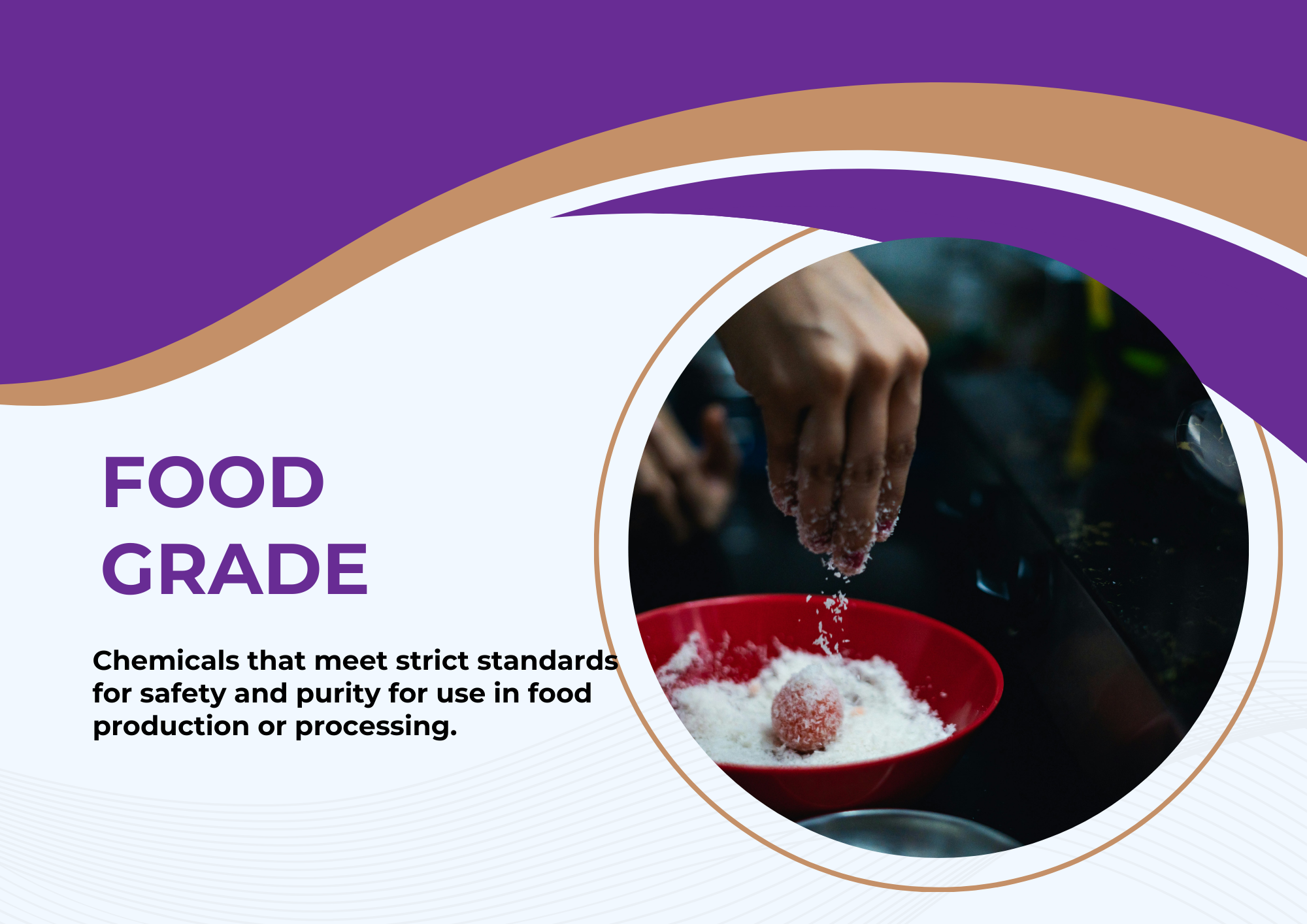

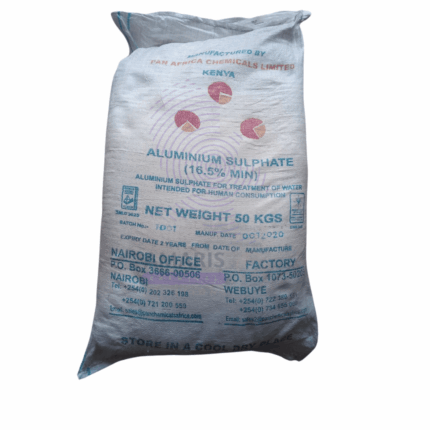
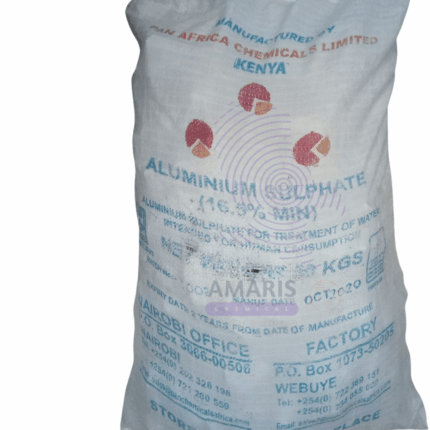

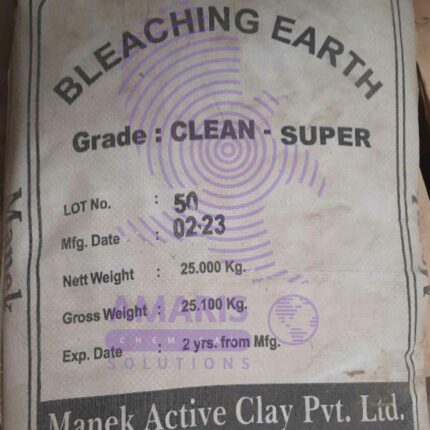
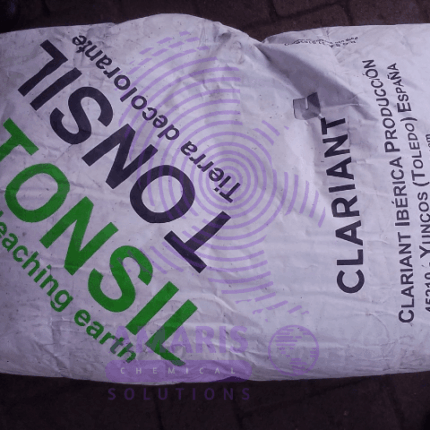
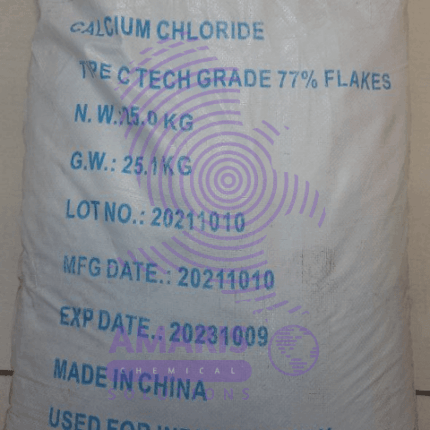
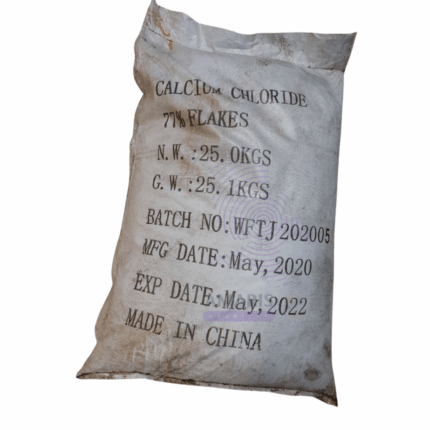
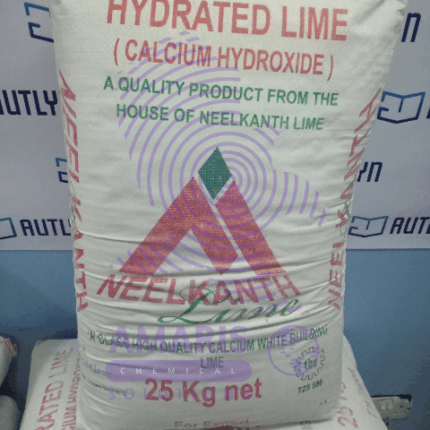
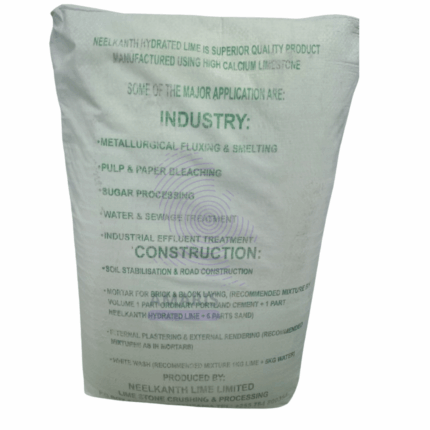
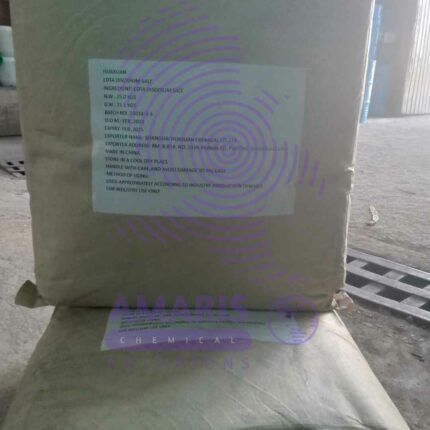
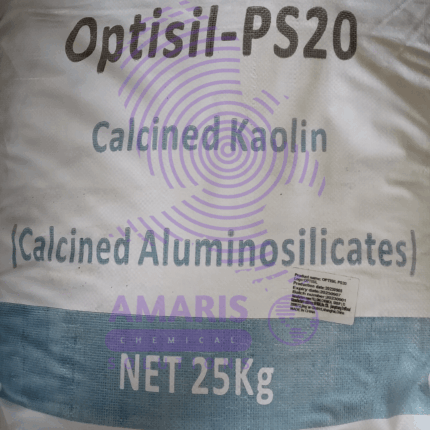
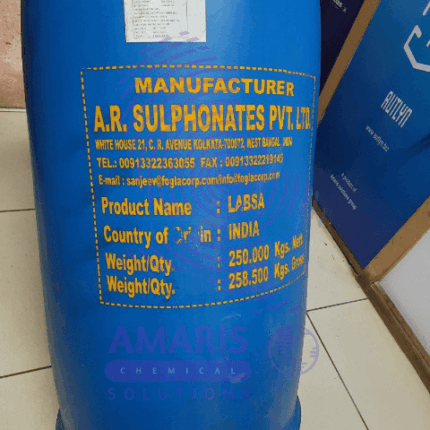














Phorsa –
Highly versatile.
Emerald –
Magadi soda ash is fantastic!
Burna Sikoo –
Seamless experience
Mwajuma –
Outstanding perfomance.
Ryan –
it’s fantastic!
Linda lee –
Great quality and performance
Mercylene –
As a glass manufacturer, I appreciate how soda ash reduces the melting point of sand. It makes the process much more efficient and cost-effective. The quality of our glass products has noticeably improved since we started using it.
Nandy –
Its broad applicability makes it a valuable commodity in many sectors.